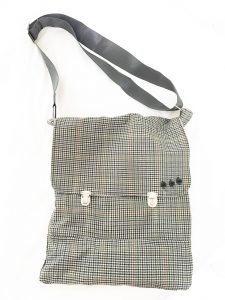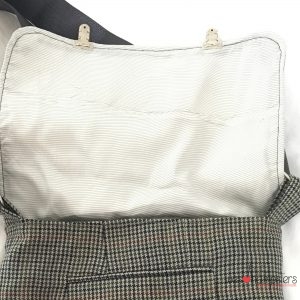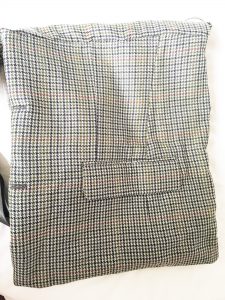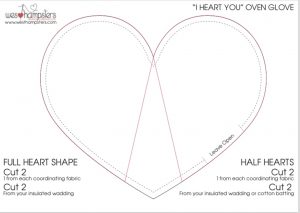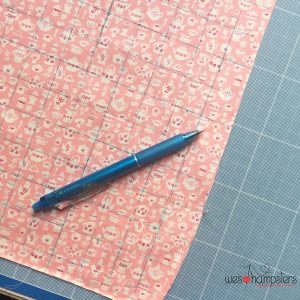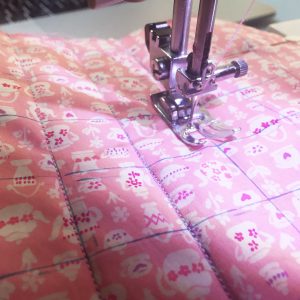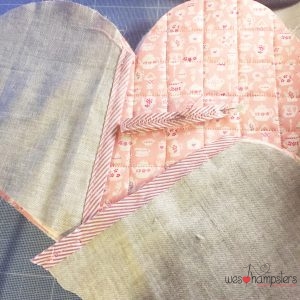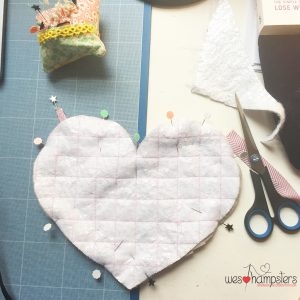
Ah! The Overlocker! A tool of mystery, wonder and for many…fear!
A large amount of makers and crafters are afraid of the Serger. And with tales of terror circulating in craft, web, and live groups, who could blame them?
Lets be honest, the industry often does not make these machine approachable to the home makers market, instructions are a little cryptic, threading the thing not exactly a piece of cake.
BUT… the tales of wonder do not cease to fascinate us and bring many to buy a Overlocker, just to leave her to gather dust in a corner after the first couple of attempts.
I have overcome my fear and need you all to know that if you leave your serger in a corner you are doing a BIG mistake. I have bought a very simple basic serger the Janome 8002D Basic Overlocker Serger and decided to give it a go!
The first thing you need to learn how to do to “Tame the machine” is to thread it. Janome instructions are not terrible but not an easy challenge either, so I have decided to seek the support of youtube on this, and discovered that there is a video on about any kind of overlocker out there! Best video around is offered by Cathy of Sew&Vac. I watched the video, armed myself with a pair of tweezers and managed all in a decent amount of time, then, I did it again without the video, just to be certain I had memorized it and I must say it was absolutly NOT THAT HARD!
Once I had learned the basics, I had anyway not a clue on the rest, youtube is great, but just did not cover all I could do with an overlocker, I was confused on what I could exactly do, so I decided to go and check craftsy out and took the class “Beginner Serging” with Amy Alan this was a great decision! Miss Alan is a very good on-line teacher, she covered a lot of stitches, and I triumphantly made some of the projects of the class.
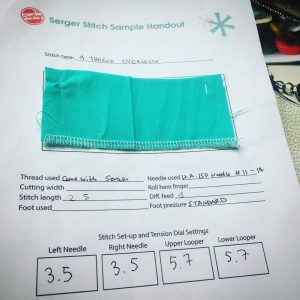
But, one thing is following a class with projects, another is applying it to your real day to day sewing. I was still a little bit fearful, so I decided to take a final step, I wanted to apply what I had learned to a pattern I have used many times and was confident with, and suggest you do the same; I took out my favourite pattern that is Dottie Angel’s Frock and use the serger to substitute the seams she proposes, using a 3 thread narrow seam and to Hem the arm area and the skirt. The results really pleased me, but what did please me most of all was the time I saved! It took me a little to thread the machine and play around with the numbers, but as I had done my craftsy class and had taken notes of the settings for the different stitches it was super easy! Once that was done the Overlocker saved me hours!
Overcome you Overlockerphobia and start serging with success, it is easy if you know what steps to take to learn from home, I hope this little guide on how to actually start using this machine is helpful!
